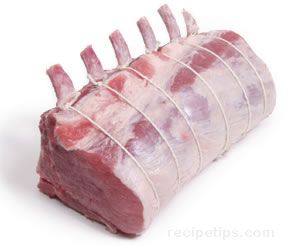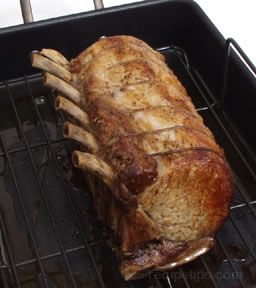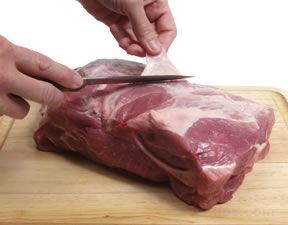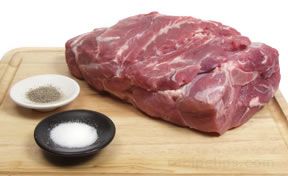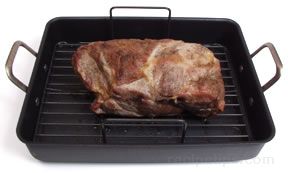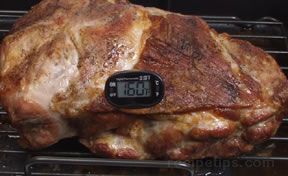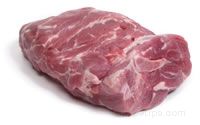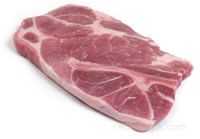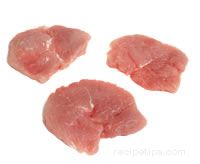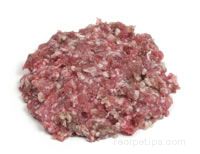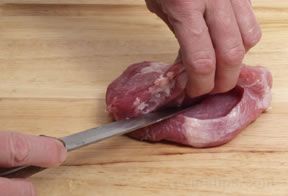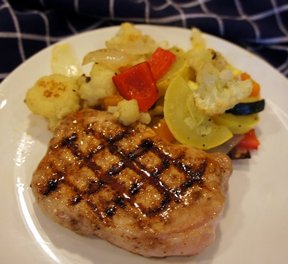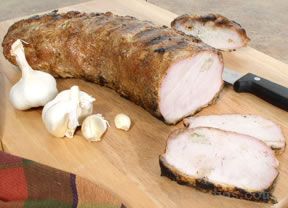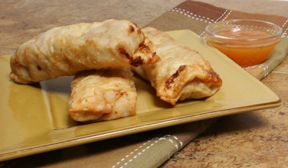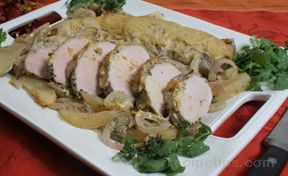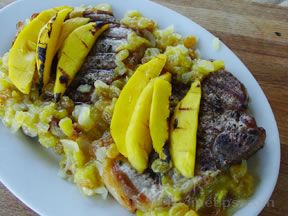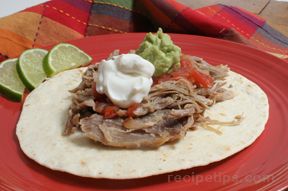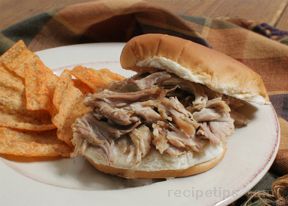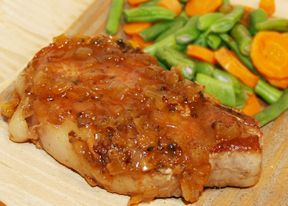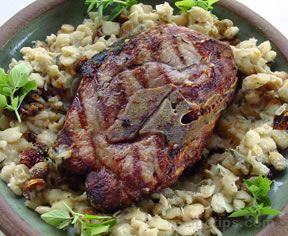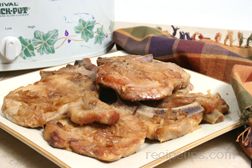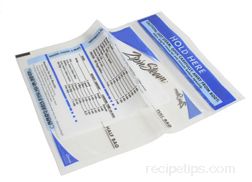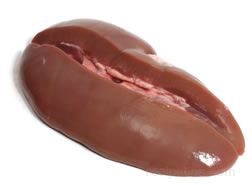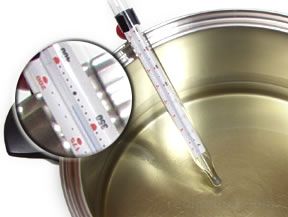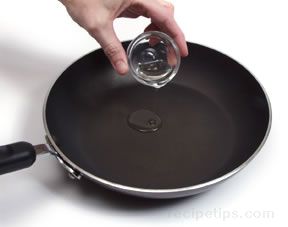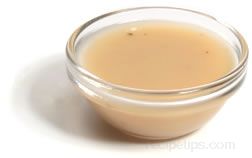|
There are various methods that can be used to produce juicy and flavorful pork. Some methods work better than others on different cuts of meat. There are two basic methods: dry heat and moist heat. Dry heat is most often used on cuts that are naturally tender, such as bacon, chops, steaks, loin roasts, and tenderloins. Moist Heat is most often used on cuts that are less tender, such as ribs, shoulder cubes and boneless Boston butt roasts. Each method has many different techniques that can be used, which may be determined by the recipe or by the personal preference of the person doing the cooking. Keep in mind that there are many good techniques for accomplishing these cooking methods. Shown below is information and some basic cooking instructions for roasting, one of the most common cooking methods used for pork. To see information and instructions on other cooking methods and cooking techniques, select one of the topics above.
Roasting is a dry heat cooking method which is a popular choice for large tender cuts of meat. Roasting, which is basically the same method of cooking as baking, is often used when preparing cuts such as Boston butt roasts, picnic roasts, fresh ham roasts, smoked ham roasts, crown roasts, loin roasts, tenderloins, and ribs. Cuts that do not have natural marbling can benefit from barding of the meat to provide the necessary fat for flavor and to help moisten the meat while it is cooking. Marinating the meat before roasting or basting it with meat juices throughout the cooking time will also help produce tender and juicy meat. Roasting is a good method to use when preparing a meal where other dishes have to be made before serving the meal. It generally consists of a longer cooking time than other methods and needs little attention during the cooking period. This leaves time for preparing other dishes. Roasting is accomplished by cooking the pork, uncovered in a heated oven. The meat must first have the excess fat trimmed, and if necessary or desired, it should be tied.
To cook, the roast is placed on a rack in a shallow roasting pan. The rack is not necessary but if not used, the bottom of the cut will sit in the juices and be stewed, which will not allow it to become brown and crisp on the surface like the rest of the meat. If the meat does not have any surface fat, it can be rubbed down with 1 ½ to 2 teaspoons of oil and then seasoned. Meat is sometimes seared before roasting to seal in juices and brown the surface of the meat to add flavor. Searing can be accomplished by using several different methods. One method is to use a high temperature for a short period of time at the beginning of the roasting time and then reduce the heat for the remainder of the time. This quickly browns the outer surface and seals in the juices. Another searing method used involves frying the meat in a very hot pan until all sides have been nicely browned and then placing it in the oven to finish cooking. If the meat is not going to be seared in the oven, the oven should be preheated to either 325°F or 350°F (450°F for pork tenderloin) and the meat should be at room temperature.
The length of time a cut of pork will have to cook will depend on the size of the cut and whether it is tied, stuffed, bone-in, or boneless. The best way to determine if the meat has cooked long enough is to check for doneness. It is important not to overcook pork because it will become tough and dry, but if under cooked it will not have the proper flavor or texture. It also needs to be cooked to the proper doneness to make it safe to eat. Shown below are signs to look for to determine doneness.
For best results, the meat should be allowed to rest (a waiting period before carving) for 10 to 15 minutes. During this time the meat will continue to cook and will increase in temperature 5 to 10 degrees. Resting also allows the juices to be redistributed through the meat before it is carved. Remove strings if tied, and slice or carve to the desired thickness. Roasting Tips:
|
Loading
Pork Cooking Guide


Provided By
RecipeTips
RecipeTips

Loading
There currently aren't any reviews or comments for this article. Be the first!
Advertisement
Advertisement



